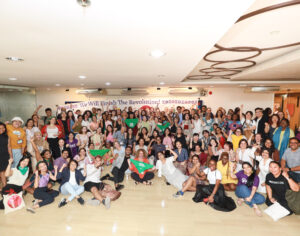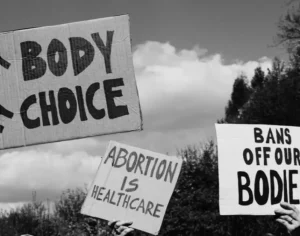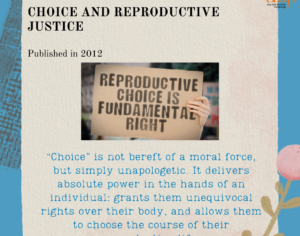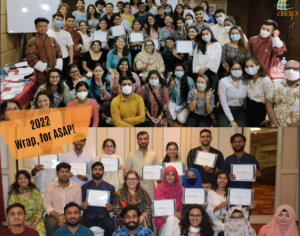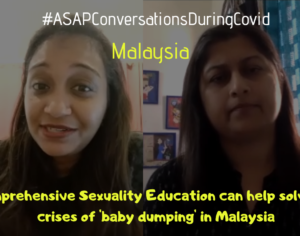WHO Safe Abortion Guidance 2012
Earlier this Year the WHO published the updated Safe Abortion Guidance. ASAP’s Coordinator, Dr. Suchitra Dalvie, writes about the recommendations made in the 2012 update.
The WHO Safe Abortion Guidance was first published in 2003. Since then a considerable amount of new data has become available, and has offered evidence for making certain changes in protocols, regimes and practices of of providing safe abortion care.
There is also a greater understanding of the increasingly central role played by accountability for human rights and its fulfilment by the state.
This revised edition includes extensive literature review and updating of recommendations related to service delivery, legal and policy issues, and the conduct of new systematic reviews and updates of outdated systematic reviews to provide the evidence for recommendations related to clinical questions prioritized by an international panel of experts.
WHO SEARO is organizing a large meeting in Kathmandu, Nepal next week on Preventing Unsafe Abortion to Reduce Maternal Mortality, where the revised guidance will be shared and issues discussed. Many civil society groups as well as professionals, policymakers and programme managers are expected to attend and then take back the information and endorsements to change and improve safe abortion service delivery programmes in their own countries.
Some key recommendations from the revised guidance:
- Recommendations related to regulatory, policy and human rights considerations, laws and policies on abortion should protect women’s health and their human rights.
- Regulatory, policy and programmatic barriers that hinder access to timely provision of safe abortion care should be removed.
- An enabling regulatory and policy environment is needed to ensure that every woman who is legally eligible has ready access to safe abortion care.
- Policies should be geared to respecting, protecting and fulfilling the human rights of women, to achieving positive health outcomes for women, to providing good-quality contraceptive information and services, and to meeting the particular needs of poor women, adolescents, rape survivors and women living with HIV.
Recommendations for health systems:
- To the full extent of the law, safe abortion services should be readily available and affordable to all women. This means services should be available at primary-care level, with referral systems in place for all required higher-level care.
- Actions to strengthen policies and services related to abortion should be based on the health needs and human rights of women and a thorough understanding of the service-delivery system and the broader social, cultural, political and economic context.
Recommendations for clinical practise:
- Vacuum aspiration is the recommended technique of surgical abortion for pregnancies of up to 12 to 14 weeks of gestation. The procedure should not be routinely completed by sharp curettage.
- Dilatation and sharp curettage (D&C), if still practised, should be replaced by vacuum aspiration.
- Use of routine pre-abortion ultrasound scanning is not necessary.
- All women having surgical abortion, regardless of their risk of pelvic inflammatory infection, should receive appropriate prophylactic antibiotics pre- or peri-operatively.
- All women should be routinely offered pain medication (e.g. non-steroidal anti-inflammatory drugs) during both medical and surgical abortions.
- General anaesthesia is not recommended routinely for vacuum aspiration abortion or dilatation and evacuation (D&E).
- For women having medical abortion, routine use of prophylactic antibiotics is not recommended.
- Women may start hormonal contraception at the time of surgical abortion, or as early as the time of administration of the first pill of a medical abortion regimen.
- Following medical abortion, an intrauterine device (IUD) may be inserted when it is reasonably certain that the woman is no longer pregnant.
We will be back with more information next week after the meeting.
For downloading the entire document in pdf see here: http://apps.who.int/iris/bitstream/10665/70914/1/9789241548434_eng.pdf




